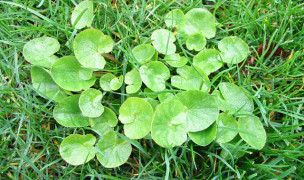 6 Terms
6 TermsHome > Terms > English, UK (UE) > Rancidity
Rancidity
Development of any off or disagreeable flavours in a fat. The four types of rancidity in fats are: absorption of odors, action of microorganisms, action of enzymes (lipases), atmospheric oxidation. Butter primarily tends to become rancid due to the action of atmospheric oxygen, light, heat, water, metals, enzymes (lipases) and microorganisms. When butter becomes rancid it breaks down into glycerol and fatty acids. Due to its high water content, the size of the water droplets in the water-in-oil emulsion being less than 6 µm, butter is subject to rapid microbiological spoilage at normal temperatures. Since the droplets are isolated one from the other, microbial growth occurs within individual droplets and if these are very small, multiplication cannot even occur. If the droplets are less than 6 µm, the contact area with the fat rises sharply as the size of the droplets increases. These factors still operate at temperatures of -12 °C and the microbes are inactivated only once the temperature falls below this value. Rancid butter becomes yellow to brown and the flavour becomes harsh.
- Part of Speech: noun
- Synonym(s):
- Blossary:
- Industry/Domain: Dairy products
- Category: Butter
- Company:
- Product:
- Acronym-Abbreviation:
Other Languages:
Member comments
Terms in the News
Featured Terms
Twilight
The time between dawn and sunrise, and between sunset and dusk. Sunlight scattered in the upper atmosphere illuminates the lower atmosphere, and the ...
Contributor
Featured blossaries
Browers Terms By Category
- American culture(1308)
- Popular culture(211)
- General culture(150)
- People(80)
Culture(1749) Terms
- Physical geography(2496)
- Geography(671)
- Cities & towns(554)
- Countries & Territories(515)
- Capitals(283)
- Human geography(103)
Geography(4630) Terms
- Biochemistry(4818)
- Molecular biology(4701)
- Microbiology(1476)
- Ecology(1425)
- Toxicology(1415)
- Cell biology(1236)
Biology(22133) Terms
- Lingerie(48)
- Underwear(32)
- Skirts & dresses(30)
- Coats & jackets(25)
- Trousers & shorts(22)
- Shirts(17)
Apparel(222) Terms
- General packaging(1147)
- Bag in box(76)





